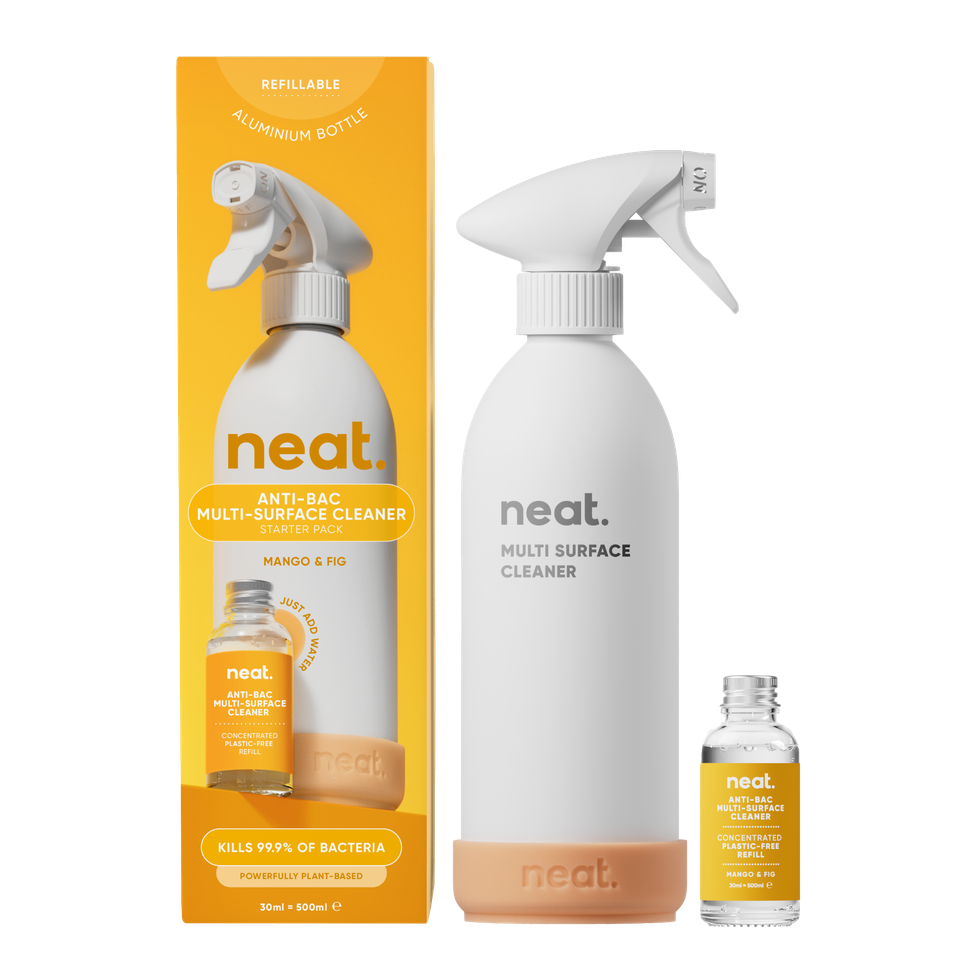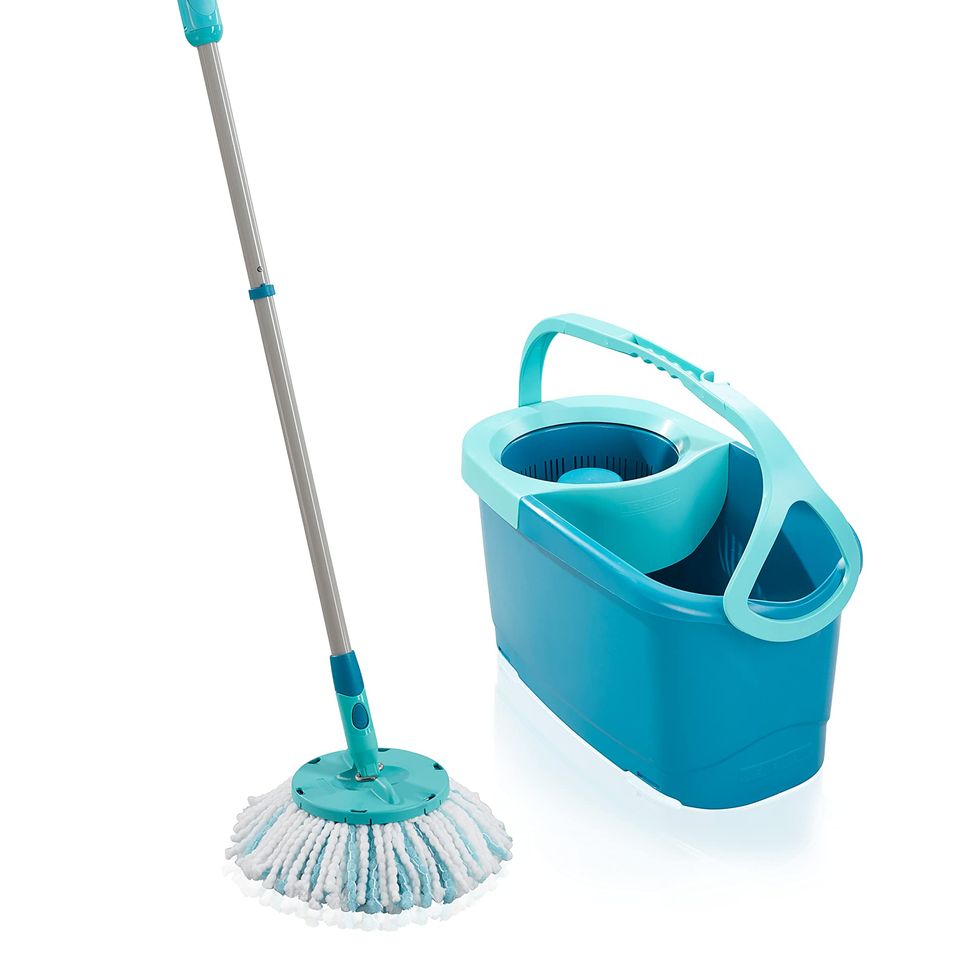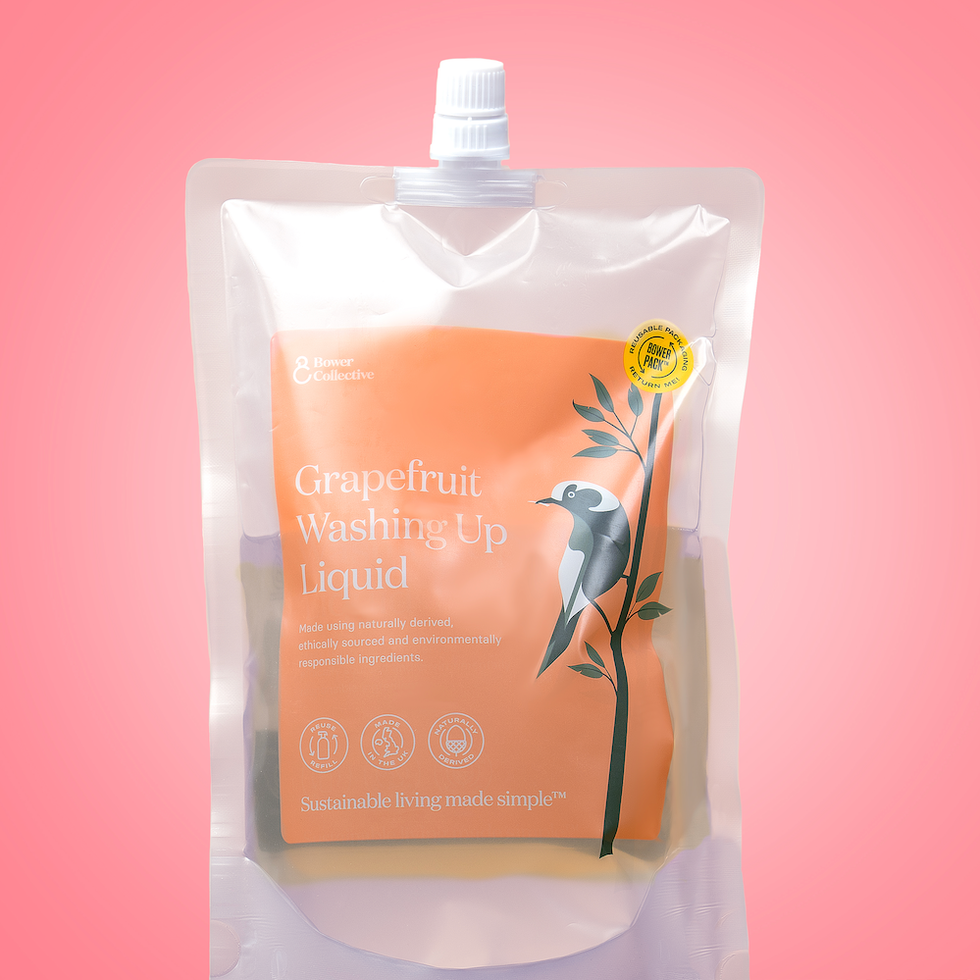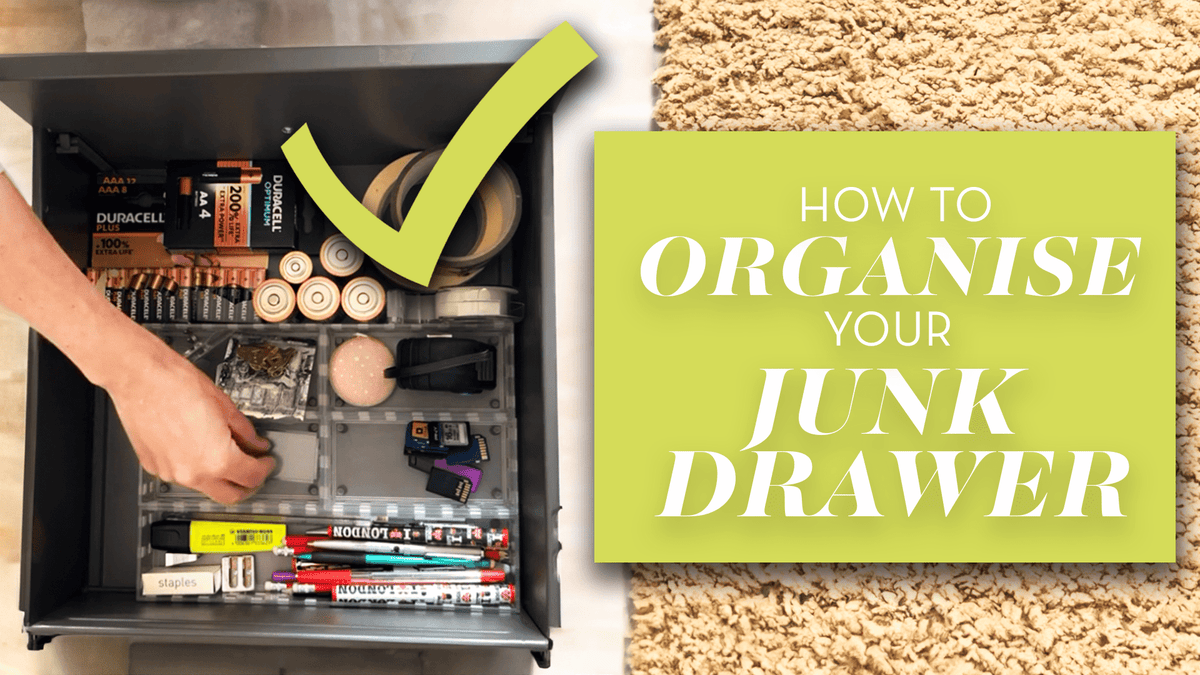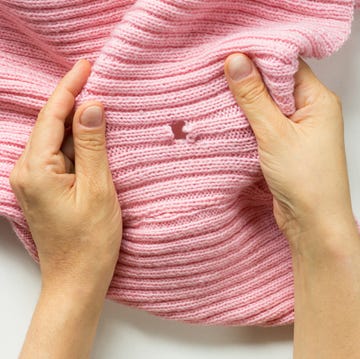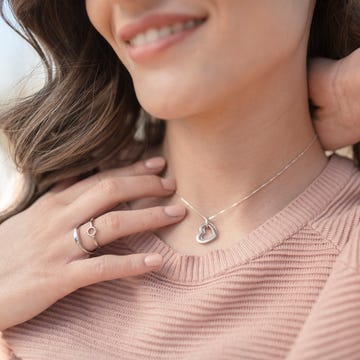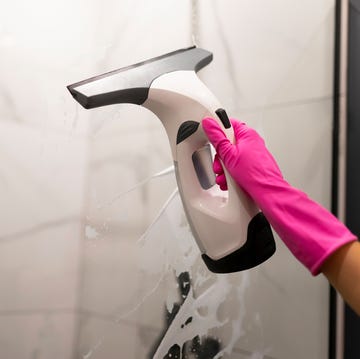Love Good Housekeeping and want more of our Triple-Tested recipes, home tips, fashion inspiration, essential consumer advice and so much more delivered to your inbox? Sign up to our FREE weekly newsletters, sit back and enjoy!
We use our hairbrushes every day, but how often do you clean yours? Unlike make-up brushes and sponges, it's easy to overlook this everyday essential when you're cleaning your beauty kit. But as your hairbrush helps keep your locks looking their best, it's only fair you should keep your brush looking its best, too.
A build-up of hair among the bristles of your brush may be easy to spot, but a build-up of natural hair oils, dust, dead skin cells and hair products can also accumulate and should be removed regularly. Here's how...
1. Remove hair from the bristles
This is easy enough to do with your fingers whenever you can see a build-up. The average person loses up to 100 hairs a day, but the length of your hair will affect how obvious the build-up of hair is in your hairbrush and how often it needs to be dislodged.
To do a really thorough job, you can use the teeth of a comb to remove hair from your hairbrush, or you can carefully cut it free with a pair of nail scissors if it's knotted.
Make sure hair is disposed of in the bin or added to the compost heap. Do not rinse it down the drain, otherwise this can lead to blockages.
2. Part-fill a basin with warm water
Add a couple of drops of non-medicated shampoo and dissolve this thoroughly in the water. If you have a solid, plastic hairbrush, you could leave it to soak in the water before cleaning it.
However, a wooden brush should never be submerged in water, this is because the moisture can swell, warp and even crack the wood. Wood brushes may need special cleaning so refer to the instructions if you still have them, or contact the manufacturer. Paddle brushes with an air-filled cushion at the base of the bristles can get water trapped in them which can be hard to remove so shouldn't be soaked in water, either.
If you have a vintage or antique brush, this is also likely to need specialist cleaning, so it's best to get advice from an expert.
Alternatively, if you’re dealing with a plain plastic brush or comb, it might be safe to wash it in the top rack of the dishwasher using a low temperature cycle; always check with the brand first to confirm. A dishwasher-safe mesh bag can stop it from getting moved around by the jets during the wash.
3. Scrub away grime
Dip an old toothbrush in the water and use this to scrub the bristles and the area of the brush between them. If your hairbrush has a stubborn build-up of grime, you might need to add a drop of shampoo to the bristles of the wet toothbrush and work this in.
If small bits of lint have wrapped around the bristles and formed a knot, you can use tweezers to gently tease it free.
4. Rinse the hairbrush
Once the dust and grime has been removed, rinse the brush under running water.
5. Dry thoroughly
Dry excess moisture from the bristles using a clean towel or cotton cloth, then leave it to air dry naturally – or in the airing cupboard, if you have one.



